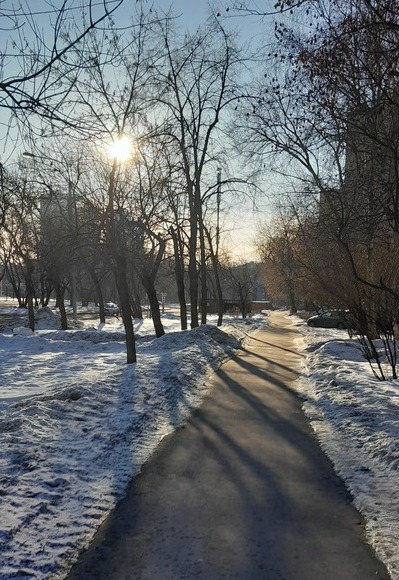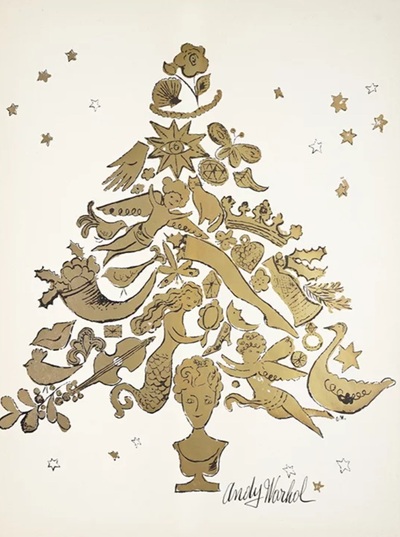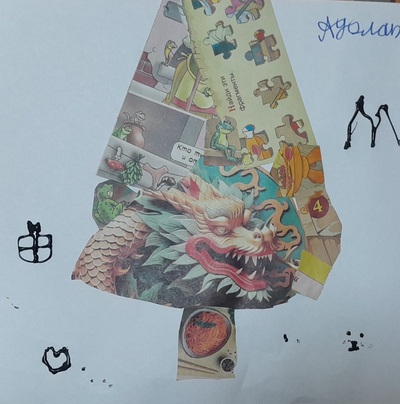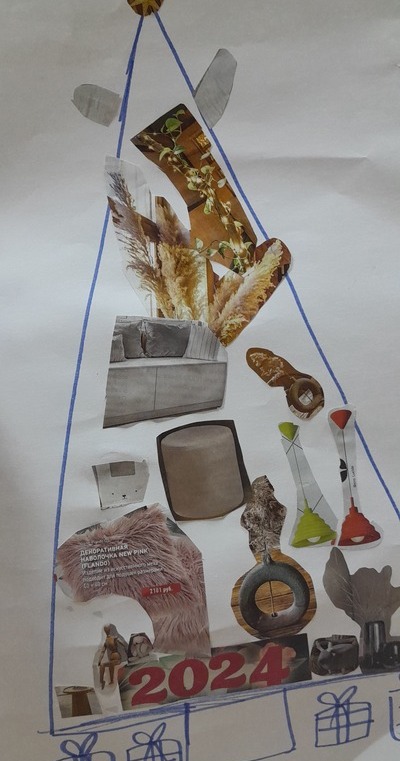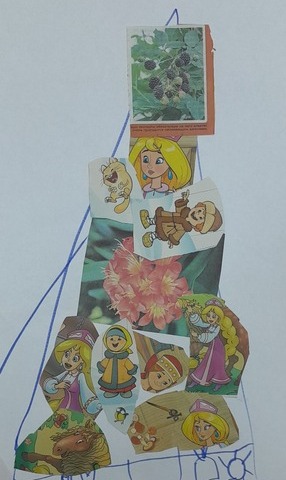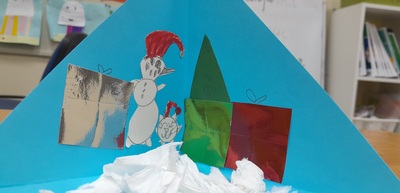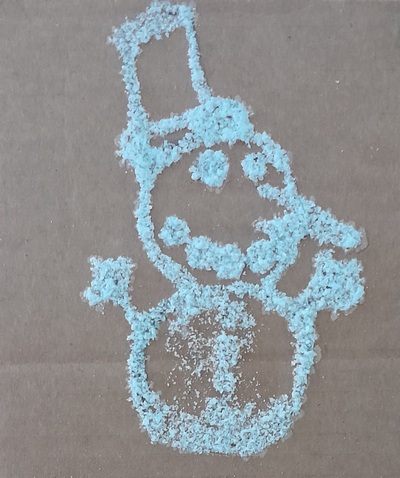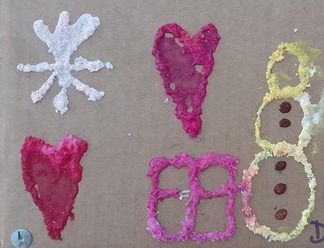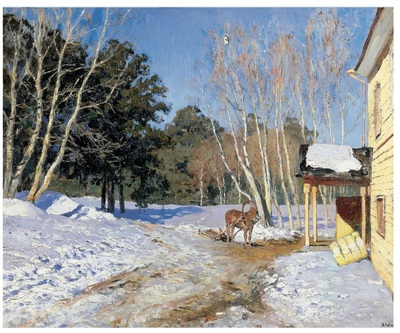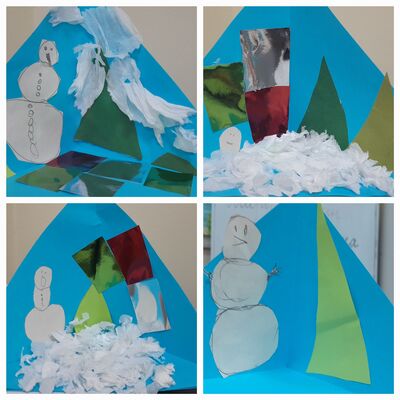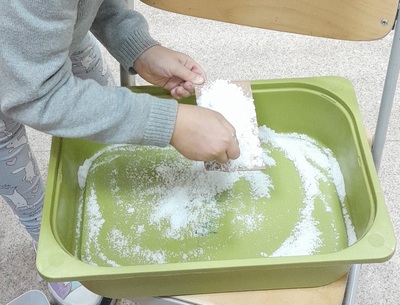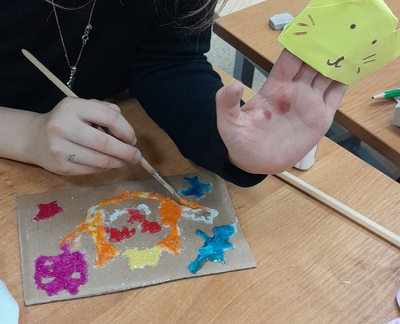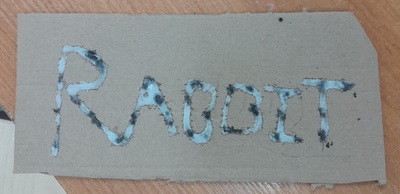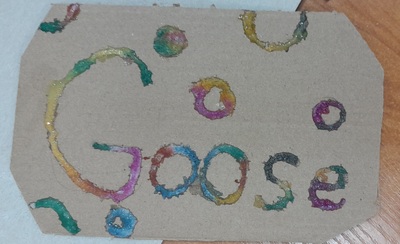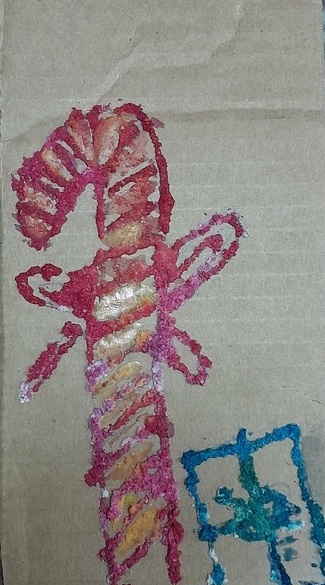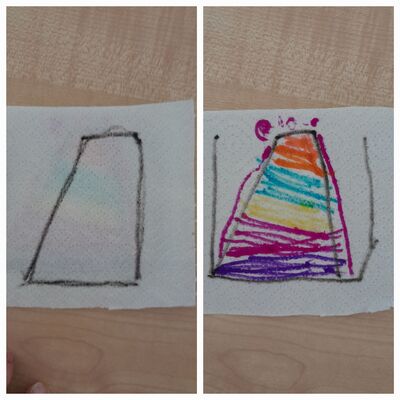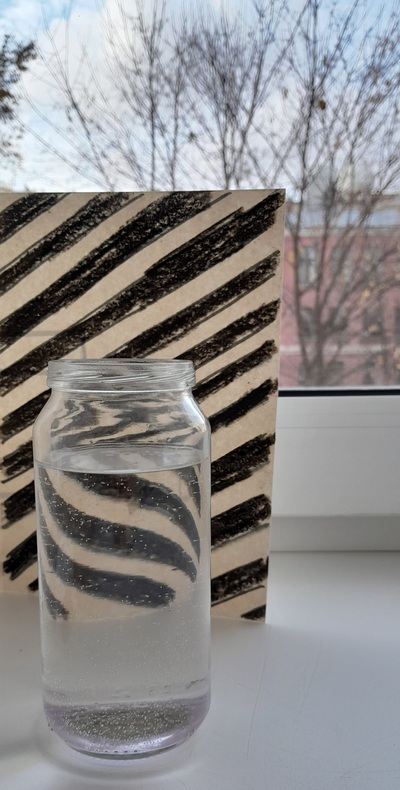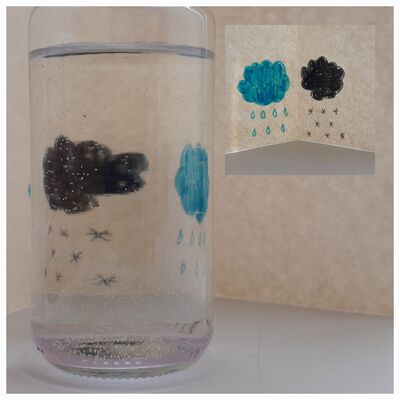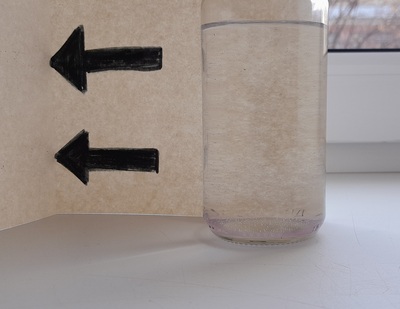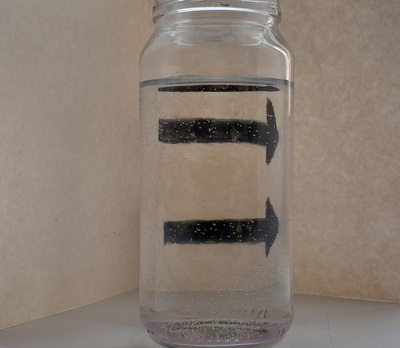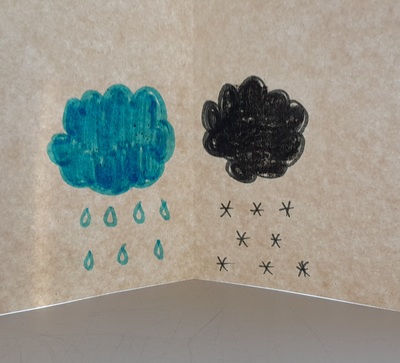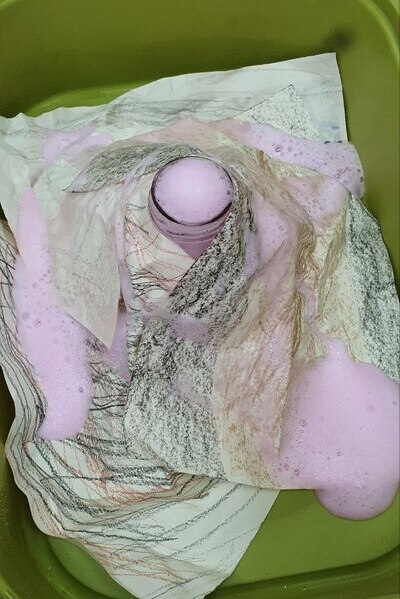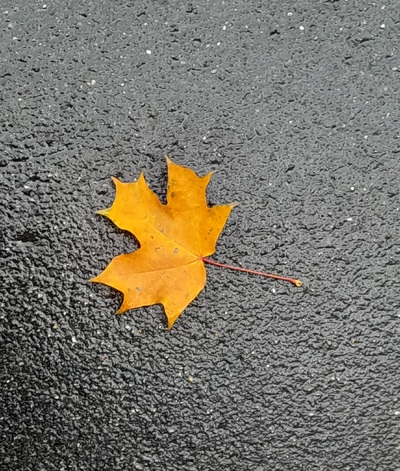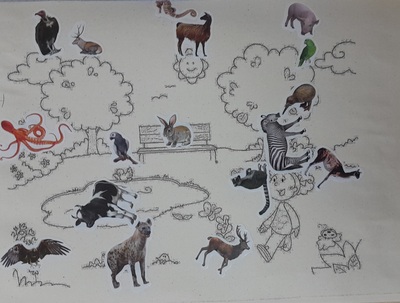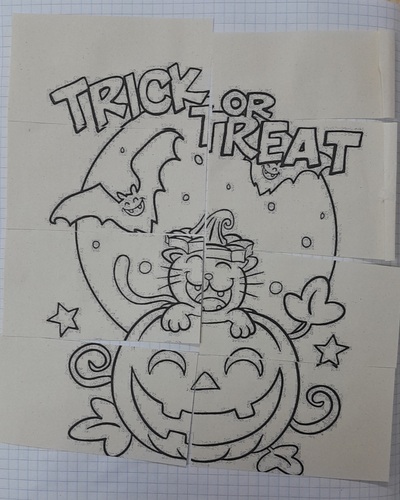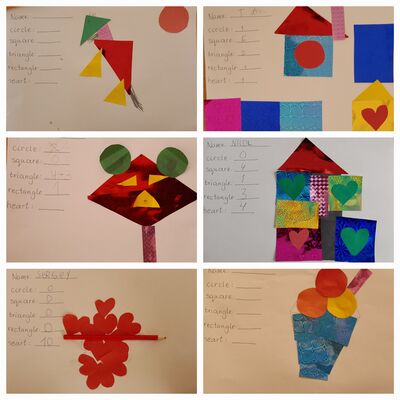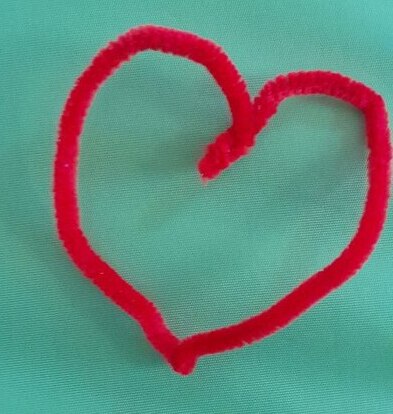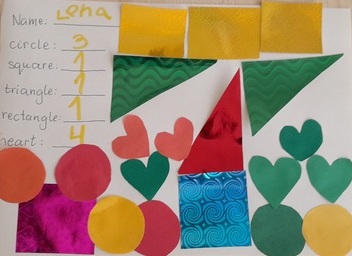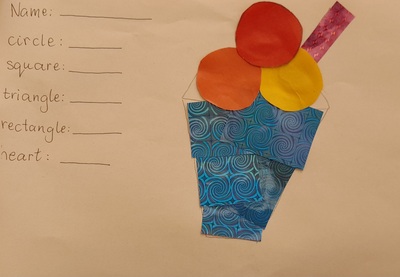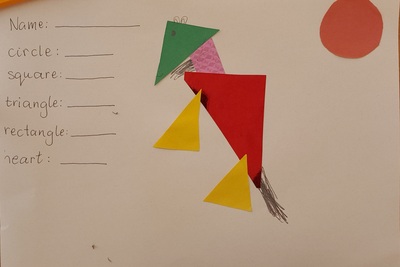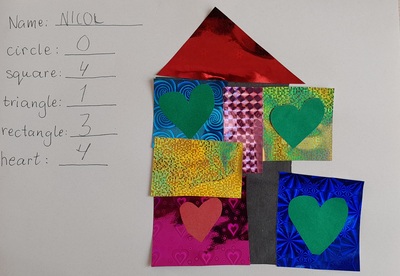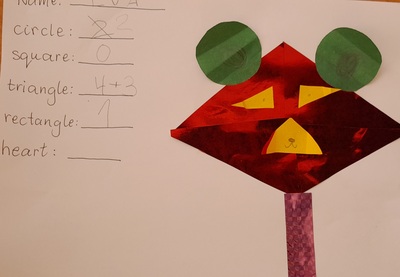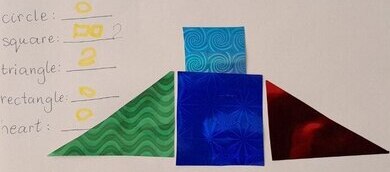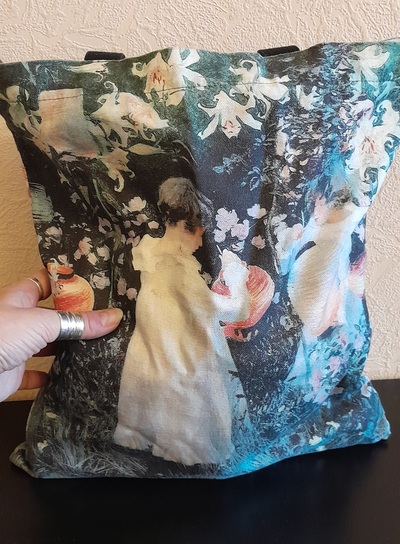
Ingredients
- a pretty bag, ideally cotton, or something that is not transparent. I am joking, of course, that it needs to be pretty, it doesn’t but it is true that it is better if it is appealing visually. I normally use one of my tote bags.
- a set of interesting objects that are safe to touch that fit in.
Procedures
- Students sit in a circle, on the chairs or on the carpet, with the teacher in the centre, at a small distance. The teacher revises the vocabulary in question.
- I like to take out the bag and make a show of it – take it out of a cupboard or a box, show surprise, shake it perhaps if the content allows it, make a face and ask out loud ‘What’s in the bag?’ etc.
- The teacher starts chanting, for example: ‘Anka’s got a secret, Anka’s got a secret!’ and this is a chant that we use for every student.
- The teacher demonstrates how she puts the hand into a bag, finds one thing and tries to name it, for example: ‘It’s a lion‘ (topic: animals).
- Afterwards, the object is taken out to check what it really is. The teacher asks ‘Is it a lion?’ and the kids answer. It can be also used as an opportunity for additional drilling of the key words.
- The students take turns to play the game.
- As a follow-up, the kids can do a simple listening activity and help clean up at the same time. The teachers says ‘Sasha, please put the lion in’ etc.
Why we like it?
- The main reason is a very strong appeal of an activity that is involves motor skills, guessing, an element of mystery and fun. Kids love to put their hand it and try to recognise or to name the objects. It so happens that we use the same bag during the entire year so after the first time, the kids can recognise it and they look forward to it. This week I was walking in the school with my bag (that on that day was ‘just my bag’ and my kids walking past got excited and started to ask if this is what we would do in class on the day).
- The other main reason is that this activity can be used with a wide range of objects and for a wide range of topics, from those more obvious ones such as school objects, toys or materials to some less obvious such as rooms in the house or comparatives. I have also used it for colours, in one of the first lessons of the course, although, of course, the children did not know many of the objects that we used and we focused only on sorting them out according to their colours.
- There are plenty of variations of the activity and it can be repeated in a series of lessons. It has not happened yet, over all these years, that I would take out a bag and hear ‘Oh, no, not the Magic Bag again!’ from the audience.
- As regards the chant, I like to use ‘Anka’s got a secret!’ or a simple question ‘Anka, what’s in the bag?’ which all the kids repeat and which is a great question to know.
- As regards the procedures, the kids can simply take out one object or try to guess it in their L1, they can describe it with the adjectives that they have (for example pairs of adjectives such as big / small, heavy / light, smooth / rough, soft/ hard or the materials: it is made of plastic etc) for the class to guess. Recently, I have used it also to practise comparisons and every child had to take out two objects, to describe them and then to compare them when they were both out of the bag. If it is appropriate for the objects, the kids can also try to shake them in the bag to check what noise they make. Another option is of course the most tactile version of the game – kids touching the objects with both hands without taking the objects out, through the fabric.
- The age range of the students can also vary. The youngest kids that I have used it with were 3 – 4 years old, the oldest were my teenagers and they also enjoyed it. The language that we expect the students to produce will depend on their level and age. When we played the game last week with my A1 primary year 1, they were able to produce a set of four sentences in one go because we used it in the final stages of the adjectives unit.
- Naturally, the objects can be used to introduce the target langauge, to practise or to revise the language, verbally or in writing or even as an introduction to a listening or reading task.
- As regards the less obvious topics for example verbs or rooms in the house, it is still possible if the objects are used as symbols. ‘A spoon’ can mean ‘to eat’ or ‘the kitchen’, a pair of socks (a new pair!) can symbolise ‘to wear’ or ‘the bedroom’, ‘a tub of toothpaste’ can stand for ‘to brush your teeth’ or ‘the bathroom’ and so on.
- During the pandemic, I also used the Magic Bag in class, although in the online version the bag was much thinner and I was putting one object at a time and demonstrating it to the camera. I also used to make noises with them, without showing them to the camera i.e. dropping them on the table, squeezing them, tapping on them etc or, as the last hint, showing only a tiny little corner of the object to the camera. It also worked very well! And, in the online world, it was also possible for my students to take part and do the same with things that they had at home.
- Last but not least, this is a unique opportunity for the teacher to take the most random selection of things to school such as pasta pieces in a bag, a soap, a salt shaker, a spoon, a pair of socks, a tube of toothpaste, seeds in a bag, some flour in a bag, shells, stones, tomatoes, cucumbers, soft toys, an electric torch, a small jar, a pair of earrings, a ribbon, cones…
Happy teaching!
